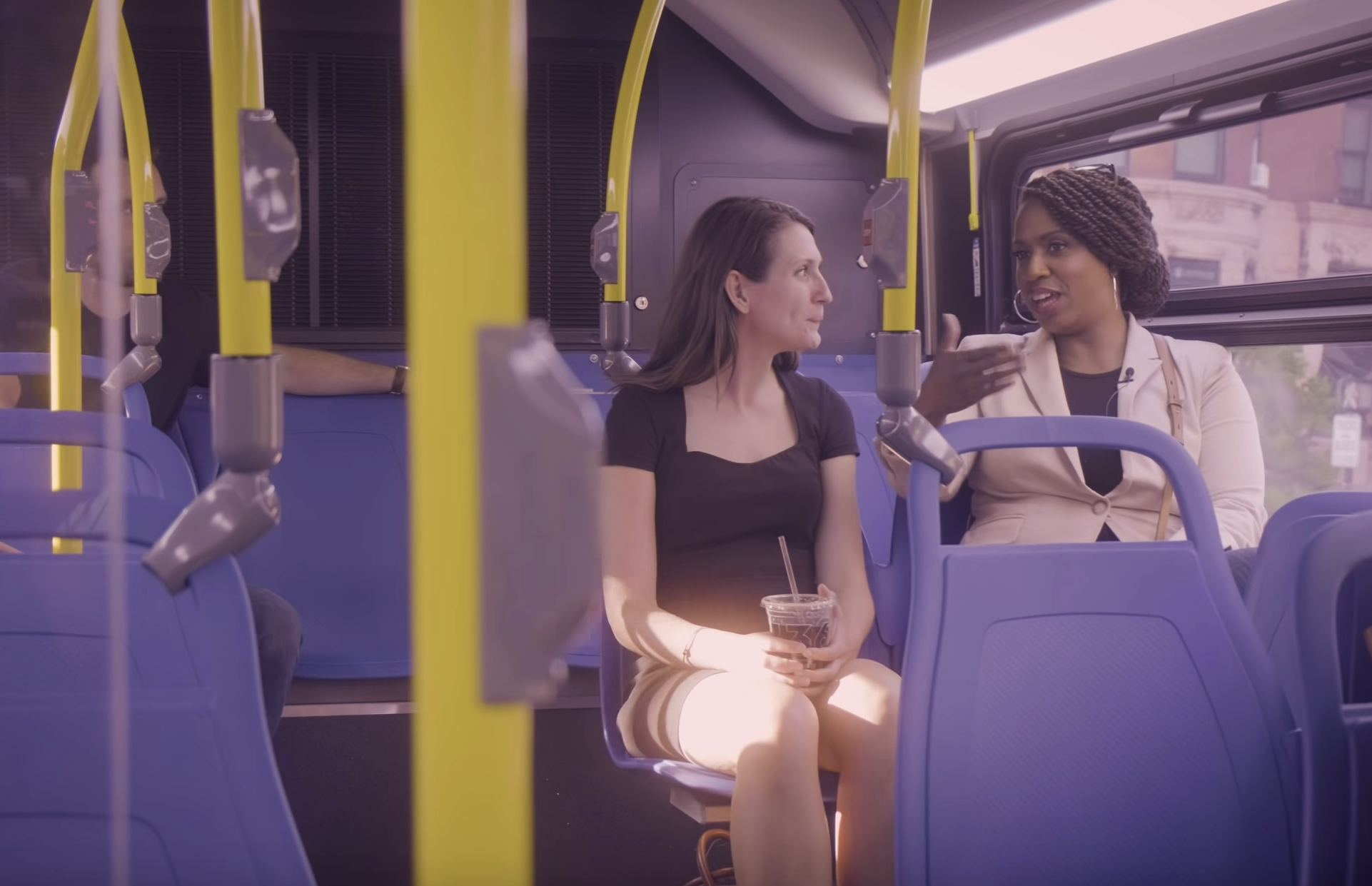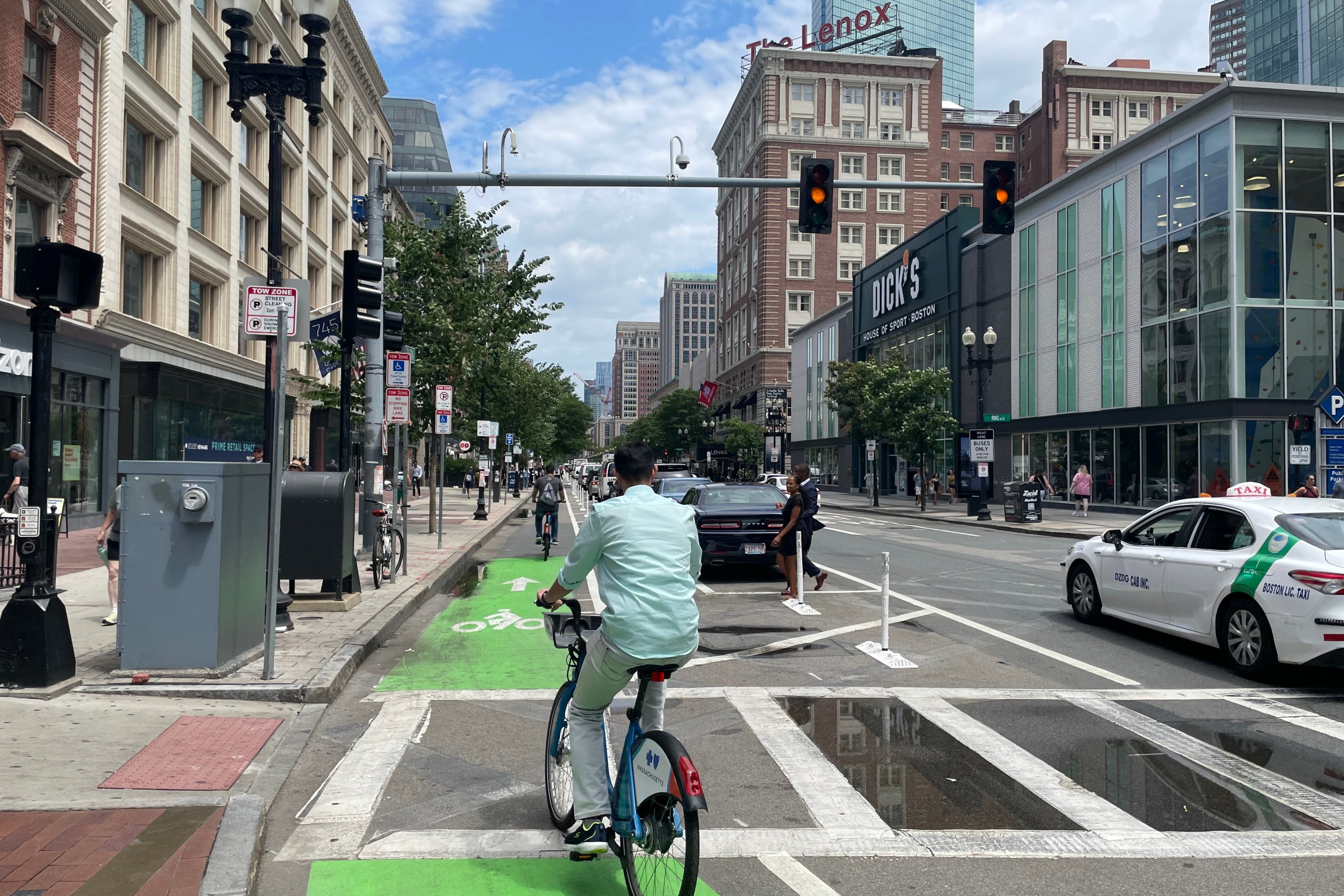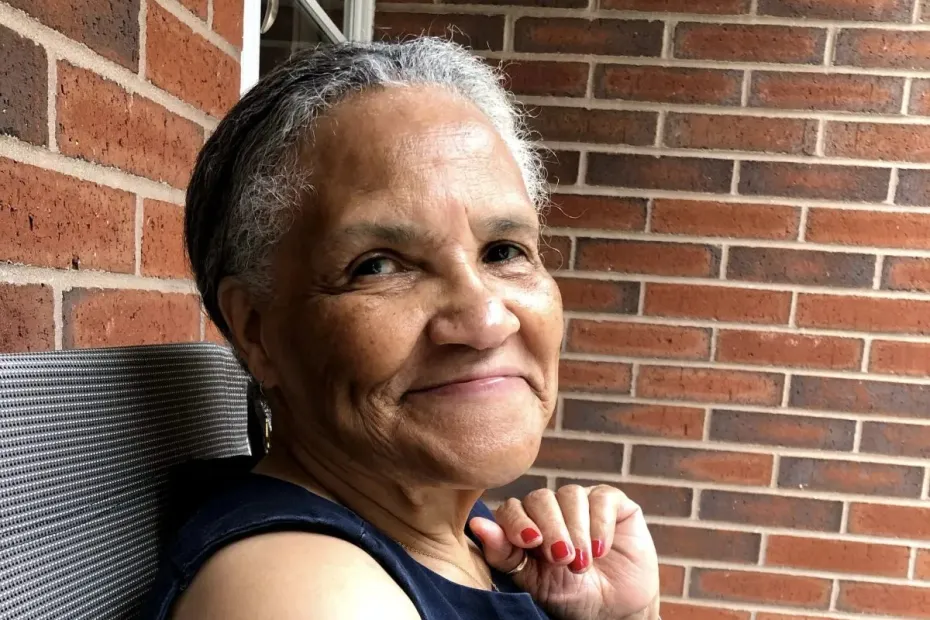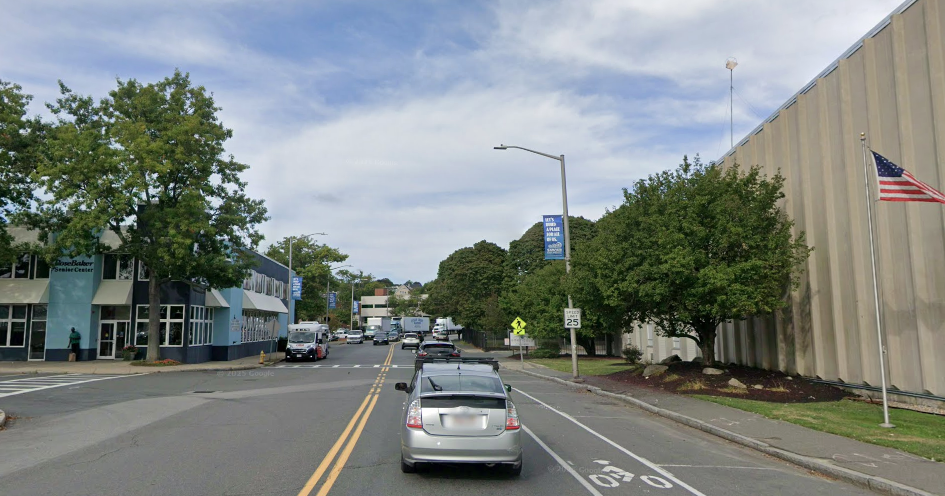At its monthly Board of Directors meeting in March, MBTA officials revealed their proposal for the agency's next 5-year capital budget, which postpones important infrastructure modernization projects for want of adequate funding from Beacon Hill.
The proposed capital plan focuses the agency's investments in basic state-of-good repair projects, like upgraded signals for the subways, station accessibility improvements, and power system upgrades.
But the $9.8 billion, 5-year investment plan won't come close to addressing the agency’s $25 billion bill to attain a "state-of-good repair".
Under Beacon Hill's current budget policies, numerous projects that would be necessary to improve public transit for the region – including new bus garages to expand and electrify bus service, new maintenance yards for regional rail service, the Red-Blue connector, and phase two of South Coast Rail – won’t get any construction funding for the foreseeable future.
State budgets constrain MBTA ambitions
The proposed 5-year capital plan would fund 660 projects, many of which are already underway, with $9.8 billion in spending through 2030.
That represents a 2 percent increase over last year's $9.6 billion budget, which covered spending from 2025 to 2029.
Most of the $9.8 billion in this year’s proposed CIP is money that's already been committed to projects from previous years – like $679 million to begin the Draw One bridge replacement near North Station, and $651.2 million for the remaining new Red and Orange Line trains.
The MBTA typically pays for these construction projects by issuing debt, with the promise to pay back its lenders with future revenues from the agency's 1-cent portion of the state sales tax. The CIP also includes anticipated funding from federal grant awards and from bonds backed by the Commonwealth Transportation Fund.
But the T can only borrow debt to the extent that the agency can reasonably expect to pay off its bills in the future.
And with its existing sources of funding, the T’s budget planners think they’ll only be able to afford a little over $1 billion for new projects that could be added into this year's capital plan.
Critical maintenance facilities remain unfunded
"The sobering part of this conversation is, we do have substantial capital needs that remain unfunded,” MBTA Deputy Chief of Capital Strategy Michael Malia told board members.
To prepare the capital plan, Malia and his team solicited a list of needs and cost estimates from different MBTA departments.
"In this cycle, there were 254 projects requested (from MBTA staff) representing $13.5 billion," Malia said.
That means that the T's budget planners had to say "no" to $12.5 billion worth of priorities, including:
- A replacement Arborway bus garage (estimated cost: $440 million), which is critical to the MBTA’s future plans to electrify its bus fleet. The T had hoped to begin construction on this project in 2026 to be complete by 2030, when state law will prohibit the agency from buying any new diesel buses. But without funding in this year’s CIP, the project will not meet that timeline (this CIP includes only $8.5 million for preliminary design work).
- New regional rail layover facilities at Widett Circle (estimated cost: $300 million). In recent meetings for the Allston Multimodal Project, MassDOT and its consultants have argued that the state badly needs more storage tracks to park its passenger trains. MassDOT’s budget writers haven’t been convinced: in the next five years, the state plans to spend just $43.4 million on Widett Circle for site preparation and early design work (the T already spent a quarter-billion dollars to acquire the property back in 2022).
- The Red-Blue Connector (estimated cost: $850 million). The T originally set aside $15 million in design funding for this project, which would extend the Blue Line to Charles/MGH, in its 2021 capital plan. Back then, officials said that the project could potentially break ground this year. Four years later, it’s still stuck in its planning phase, with $19 million budgeted in the current CIP for preliminary engineering and environmental review.
These three projects at least receive some design funding to keep them alive. We can't say the same for "phase two" of South Coast Rail, which would reduce travel times and operating costs for rail service to Fall River and New Bedford with a shorter, electrified route via Stoughton.
That project doesn't appear in the MBTA's 5-year plan at all.
MBTA is taking public comments – but lawmakers are the ones who will really decide
As it does every year, the MBTA is soliciting public comments on the proposed CIP and which projects it's prioritizing – you can weigh in here.
But because the state's finances put a hard limit on how many projects the T can afford, state lawmakers and the administration of Governor Healey are the ones who are really in charge of what will be in the final draft.
The 2026 state budget will be debated in the House and Senate Ways and Means Committees in the coming weeks. Find out how to contact your state lawmakers here.






